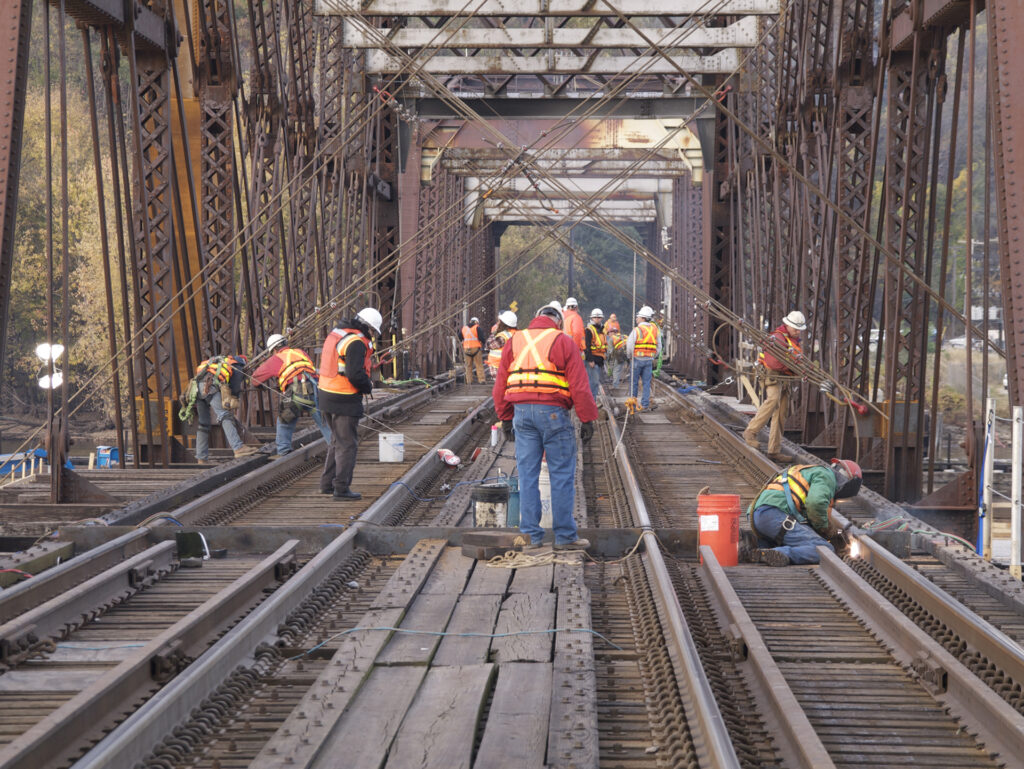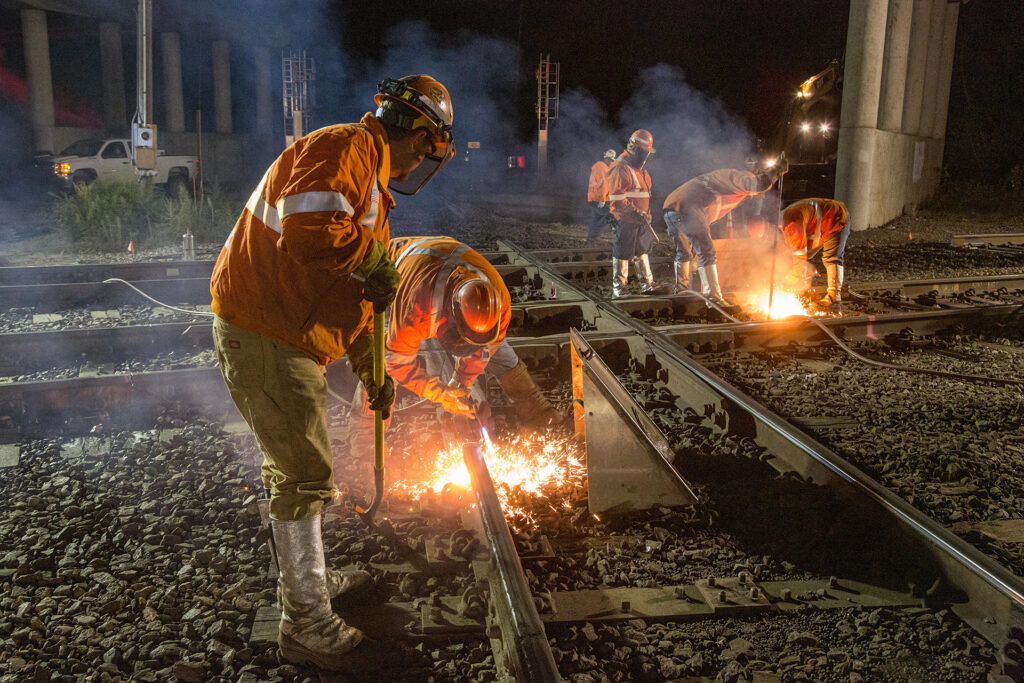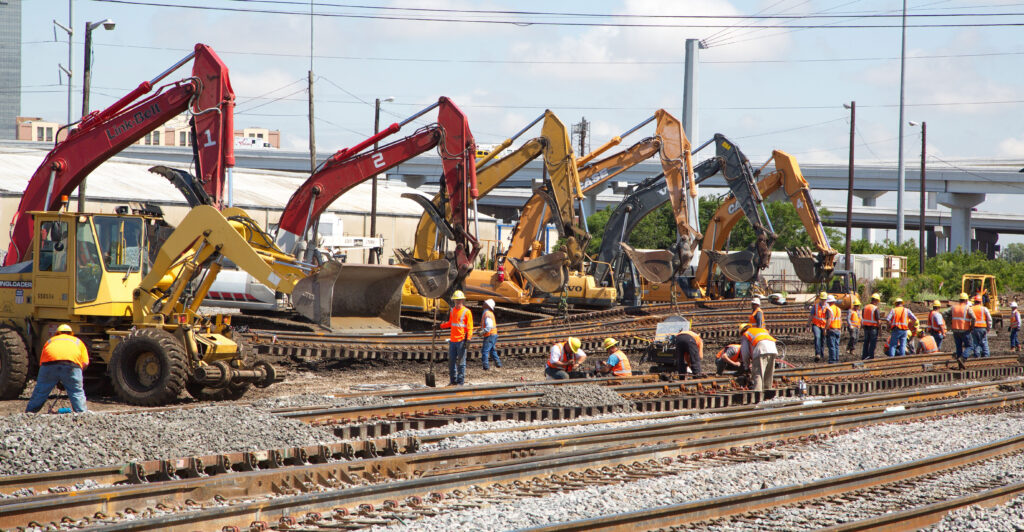- This is an example of the alert banner that we can use to highlight breaking developments.
- Learn More
Railroaders are the backbone of America’s freight rail industry, embodying pride, resilience, and a commitment to something greater than themselves. Whether continuing a family tradition or starting a new career, rail employees enjoy competitive compensation, comprehensive benefits, and growth opportunities that have supported generations of dedicated professionals. Together, they uphold freight rail’s legacy of advancing our country and its economy while paving the way for the next generation of railroading.



Freight rail employees are among the highest paid workers in the nation. Most now earn between $90,000 and $140,000 annually, with an average of about $111,000. Total compensation ranges from $135,000 to $190,000 annually, with an average of about $160,000.
Employees have access to platinum-level medical benefits and pay nearly $240 less per month than the national average for employer-provided family coverage. Despite rising medical and pharmacy costs, their health care premiums remained stable from 2023 to 2024 and decreased in 2025.
Freight rail employees benefit from 28-32 days of paid time off each year, with the most senior employees receiving up to 43 days off. Today, 97% of craft employees at NCCC carriers have access to individual paid sick days and many operating craft employees have more predictable schedules than ever before.
The Railroad Retirement Act provides career railroaders with up to twice as much in retirement benefits as the average Social Security recipient, ensuring financial security for their future.
High wages, comprehensive benefits, and ample opportunities for growth make railroading a career that many choose for life. Unionized rail employees have an average tenure three times longer than the typical private-sector worker.
Freight railroads offer hundreds of career paths and extensive training programs that empower employees to advance their careers, whether they are fresh out of high school or are already seasoned professionals.
Today’s railroaders are the driving force behind our economy. Explore how freight rail jobs are delivering for employees and their families.
Find answers to your questions about the freight rail industry and our collective bargaining process.
Who are the parties involved in national railroad bargaining?
The most recent round of bargaining included more than 30 railroads represented by the National Carriers’ Conference Committee and 12 rail unions.
What is the Railway Labor Act?
The Railway Labor Act (RLA) is a federal statute that has governed national, multi-employer bargaining between freight railroads and labor organizations representing railroad employees for nearly 100 years. Unlike other industries, under the RLA, rail labor agreements remain effective indefinitely until changed by mutual agreement. Not having to work against a fixed deadline, both parties must bargain in good faith and proceed through a structured process designed to avoid service disruptions that could impact the U.S. economy.
How long does the bargaining process take?
The timing of the process can vary. Sometimes agreements are reached quickly, and at other times, negotiations have proceeded through each part of the RLA process. In the next round of negotiations, we want to reach timely, voluntary agreements that are beneficial for all stakeholders.
When will negotiations start?
The current national collective bargaining agreements between freight rail carriers and rail unions can reopen for negotiation starting in November 2024. We expect that at that point, or sometime shortly thereafter, “Section 6 notices” will be exchanged and bargaining will begin.